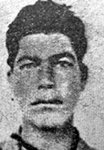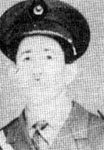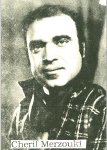Villages de l'Aurès : archives de pierres

Villages de l'Aurès : archives de pierres
By Danièle Jemma-Gouzon
Paris : L'Harmattan, 1989.
Situé entre les hautes plaines de l'Est d'Algérie et les confins sahariens, le pays aurasien peut se définir comme un vaste massif montagneux, extrêmement cloisonné, coupé de longues vallées profondes. Le présent travail, sur les logiques traditionnelles d'occupation spatiale dans le village des Beni Souik, dans la vallée de l'oued Abdi, porte essentiellement sur l'espace habité - du village, au quartier, à la maison - préalablement situé, toutefois, dans l'espace global aurasien. L'auteur examine cinq séries relationnelles, à savoir: la relation du village à l'environnement géographique en même temps que l'interprétation socio-culturelle qui en est donné; la relation de l'espace habité aux structures sociales et familiales traditionnelles, c'est-à-dire la traduction des structures sociales en termes d'organisation spatiale; la relation du village à l'histoire vécue de la collectivité, c'est-à-dire l'impact des faits historiques et de l'environnement politique sur l'élaboration des schémas d'occupation spatiale; la relation entre, d'une part, l'organisation des espaces domestiques et également villageois, et, d'autre part, les pratiques sociales, économiques et rituelles.; et les représentations sociales et symboliques qui affectent les espaces d'habitation ainsi que leur organisation.










